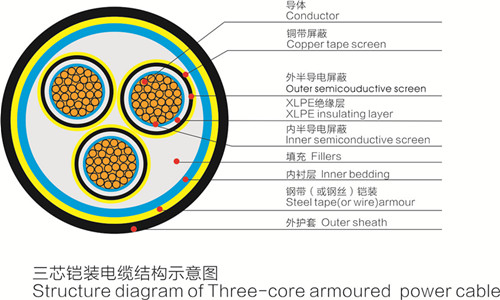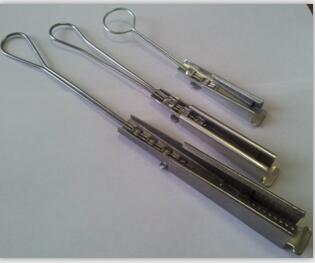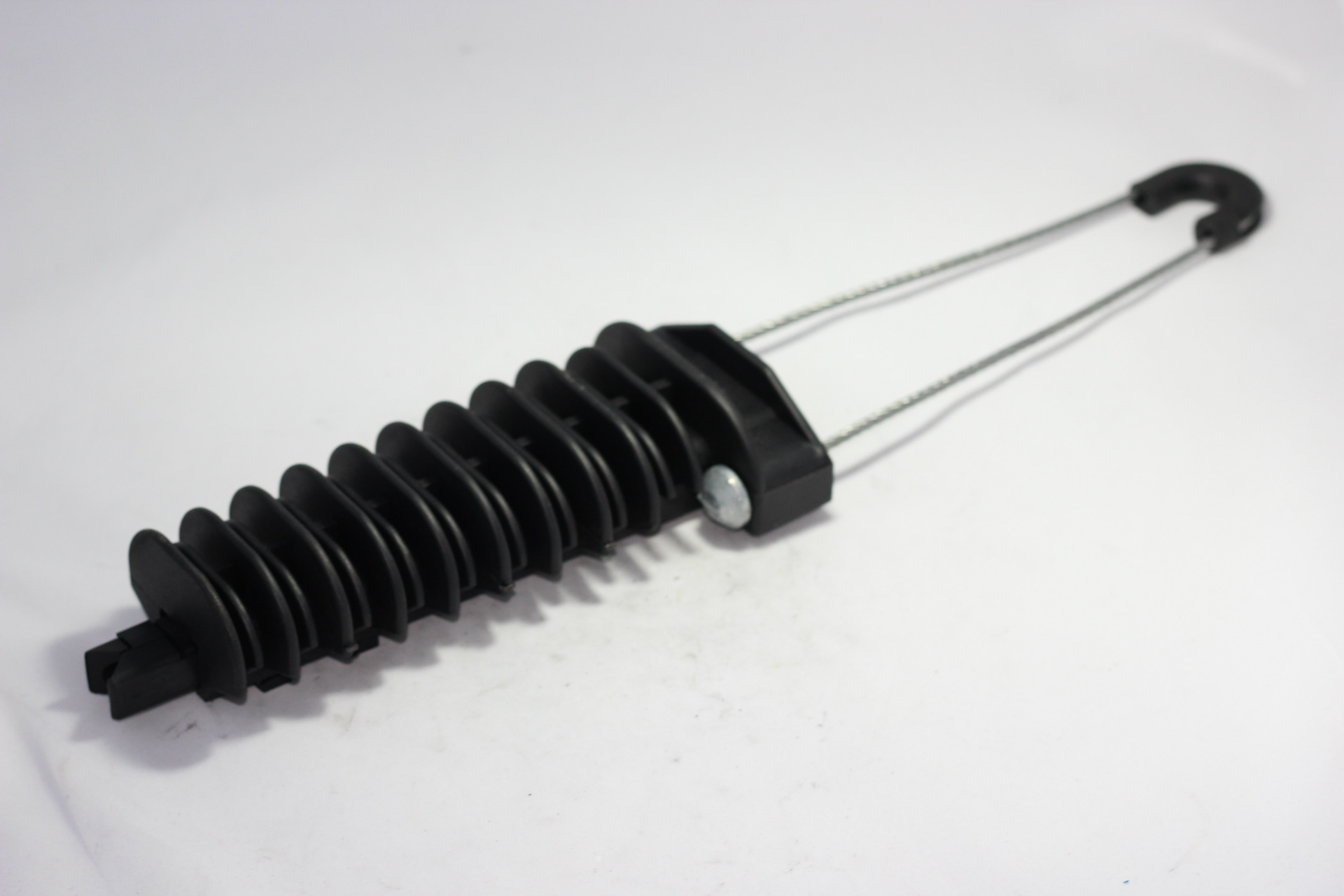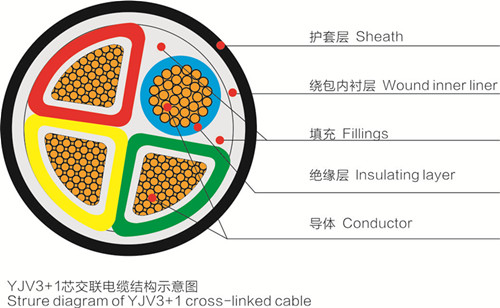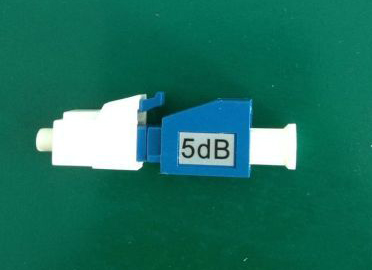When searching and choosing an optical cable to buy, you will come across the abbreviations ASU80, ASU120 or ASU200. Do you know what they refer to and what is the indicated use of each type? If not, read on to learn about this important ranking.
What does the acronym ASU stand for?
When you find this abbreviation in the nomenclature of an optical cable, it means that it is a self-supporting (AS) cable with a single loose tube (U) through which all the optical fibers pass.
The number that accompanies the acronym refers to the number of meters in which that cable model can support itself, that is, in spans of up to 80m, spans of 120m or spans of 200. This span is nothing more than the distance between the posts you will install the support system for the cable.
In this way, each one of them is indicated to be used in a type of situation. Check each one below.
ASU 80
The ASU80 optical cables are self-supporting in spans of up to 80 meters, therefore, they are indicated for cable passage in urban centers, as within cities the poles are usually, on average, 40 meters apart, which guarantees a good support for this cable.
ASU 120
ASU120 optical cables are self-supporting in spans of up to 120 meters, therefore, they are indicated for cable routing in rural areas, where the poles are usually between 100 to 110 meters apart.
ASU 200
ASU200 optical cables are self-supporting in spans of up to 200 meters, therefore, they are indicated for the passage of cables in environments where the poles are far apart, such as on roads and crossings over rivers and bridges.
We still have self-supporting cables for longer distances on the market, such as the ASU500, but the 80, 120 and 200 are the most commonly used due to their applicability.
Make the right choice for your project
When building your network project, the responsible engineer will take into account the particularities of the terrain, which will provide you with all the necessary information to help you choose the correct cable for your infrastructure, avoiding unnecessary expenses.
If you still have any questions about this matter, please don't hesitate to get in touch to speak directly with our technical expert!





